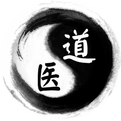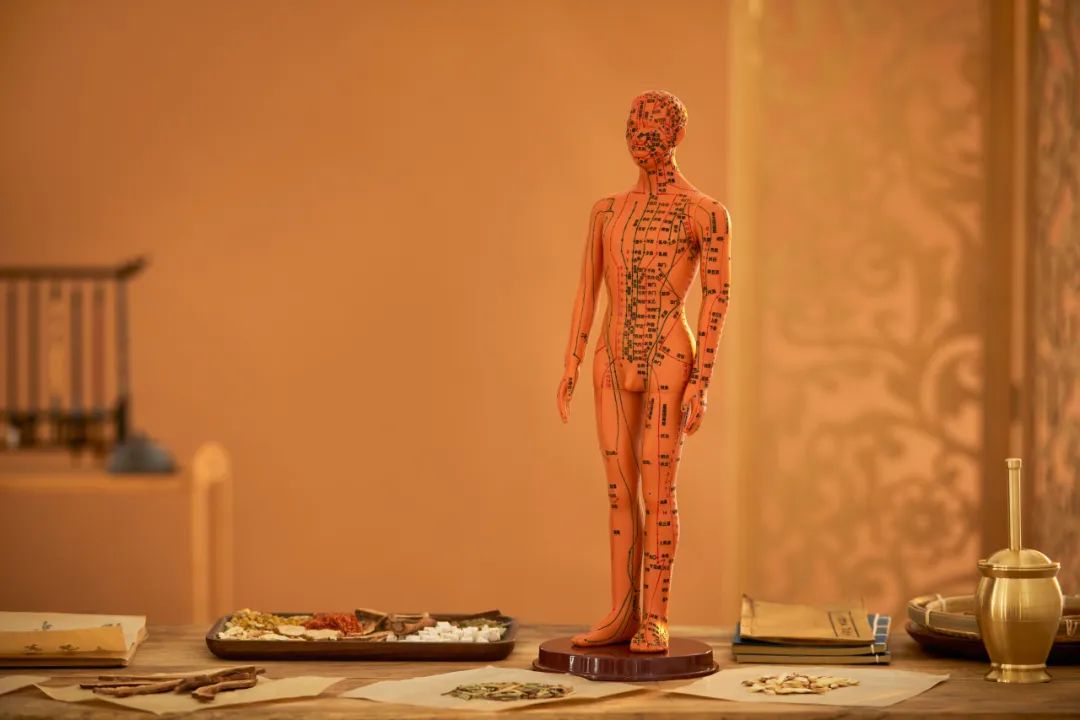


In Tui Na (Chinese therapeutic massage), we often have a special fondness for certain acupuncture points. A specific point used for a particular condition is called a “single point” (独穴, dú xué), while a point applicable to all conditions is referred to as a “universal point” (全穴, quán xué), meaning an all-purpose acupuncture point.
Today, I would like to recommend my favorite “universal point”: the point that balances Yin and Yang.



 “Universal Point”: Balancing Yin and Yang
“Universal Point”: Balancing Yin and Yang

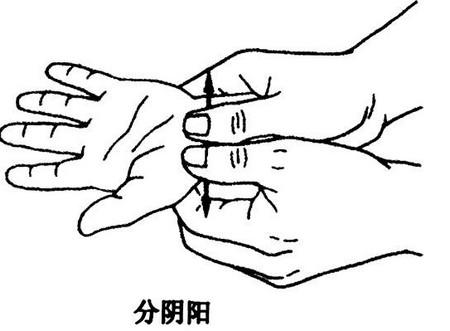
The point that balances Yin and Yang is located at the wrist crease, dividing from the center towards both sides. The position may vary slightly among different schools, with the San Zi Jing (三字经) school dividing from the Xiao Tian Xin (小天心) point outward. It is based on the Xiao Tian Xin as the lower midpoint and the midpoint of the wrist crease as the upper midpoint, spreading outward in a planar manner. (Colleagues with differing opinions are welcome to discuss.)
The use of the Yin-Yang balancing point is noted in the teachings of Mr. Sun Chongsan (孙重三), who was the head of the Teaching and Research Office at Shandong University of Traditional Chinese Medicine and a leading figure in pediatric Tui Na education in the early years of the People’s Republic of China. Almost all renowned practitioners and inheritors of various schools across the country have received his guidance.
After his passing, his students compiled his materials and found that every Tui Na practitioner would use the Yin-Yang balancing point for every condition.
This is easily understandable, as Mr. Sun Chongsan’s school places great emphasis on the concept of “the unity of heaven and man and the balance of Yin and Yang.” When Yin and Yang are balanced, one does not fall ill, and the Yin-Yang point serves to achieve this balance.
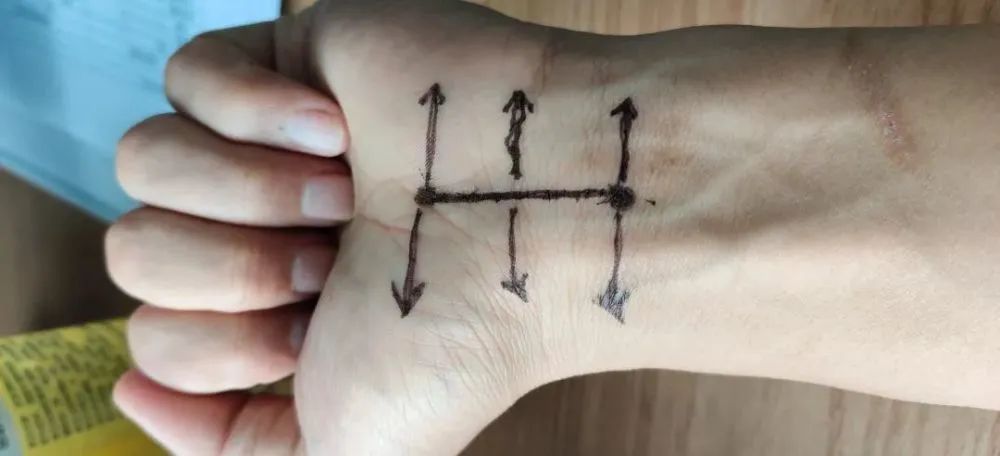
In addition to balancing Yin and Yang, the Yin-Yang point has the following applications:
1. Balancing cold and heat;
2. Balancing half exterior and half interior;
3. For persistent high fever, first balance Yin and Yang;
4. Calming the mind and spirit.
Other effects include:Harmonizing Qi and blood, promoting digestion and alleviating food stagnation.
Utilizing the comprehensive health benefits of the universal point and effectively using the Yin-Yang point will yield good results.
The techniques for the Yin-Yang point can also be applied to commonly used points such as Xiao Tian Xin (小天心), Zong Jin (总筋), and Yi Wo Feng (一窝风), with remarkable effects.





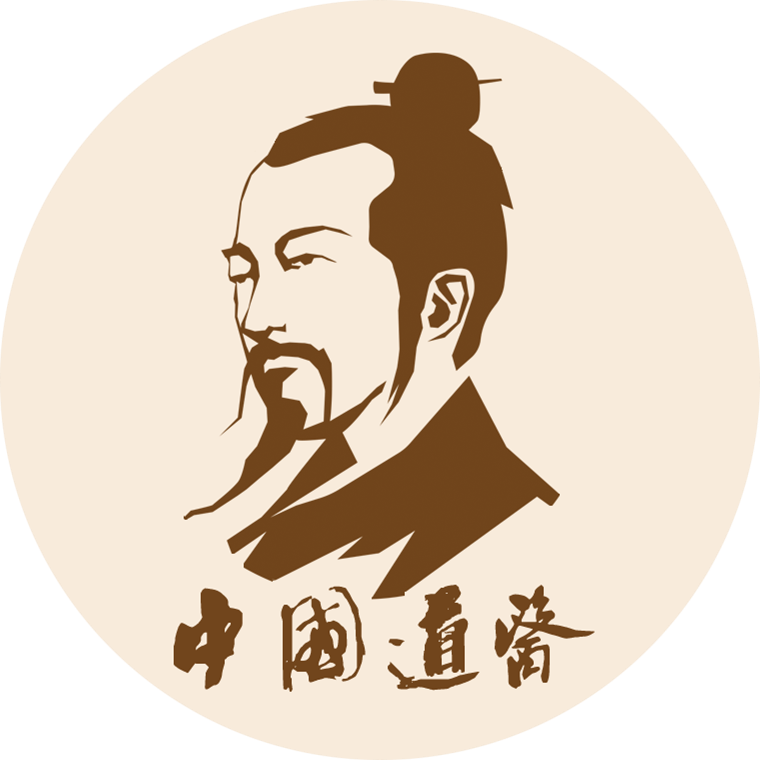
Daoist Medical Video Channel
⊙ The content of this article is for clinical thought reference only; non-professionals in TCM should not attempt to use herbs.
⊙ Some images and texts are sourced from the internet; if there is any infringement, please contact us for removal.
⊙ For Daoist medical consultations, add WeChat ID: daojiaox
⊙ For submissions and collaborations: [email protected] (original submissions are welcome)
Selected Articles
❶ The lungs are the body’s first line of defense; during flu season, you must know the most effective methods to nourish the lungs!
❷ A certain herb is said to “return fire to its source,” helping Yang Qi find its way home!
❸ Cultivation is the true meaning of life!
❹ Master these ten acupuncture points to nourish the stomach, protect the heart, and tonify the kidneys… “preventing all diseases”!
❺ Is gout caused by “toxins”? TCM teaches you six detoxification methods!
❻ Learn one herb every day: Mu Hu Die (木蝴蝶, Wood Butterfly)!
❼ Many strange diseases are caused by phlegm-dampness; this article clarifies phlegm-dampness thoroughly!
❽ Zhang Zhongjing’s first formula for women, regulating all blood, Qi, and water diseases!
❾ Encountering a bottleneck in cultivation, why can’t your skills improve? It’s all because your master has secretly kept a “secret to increasing skills”!
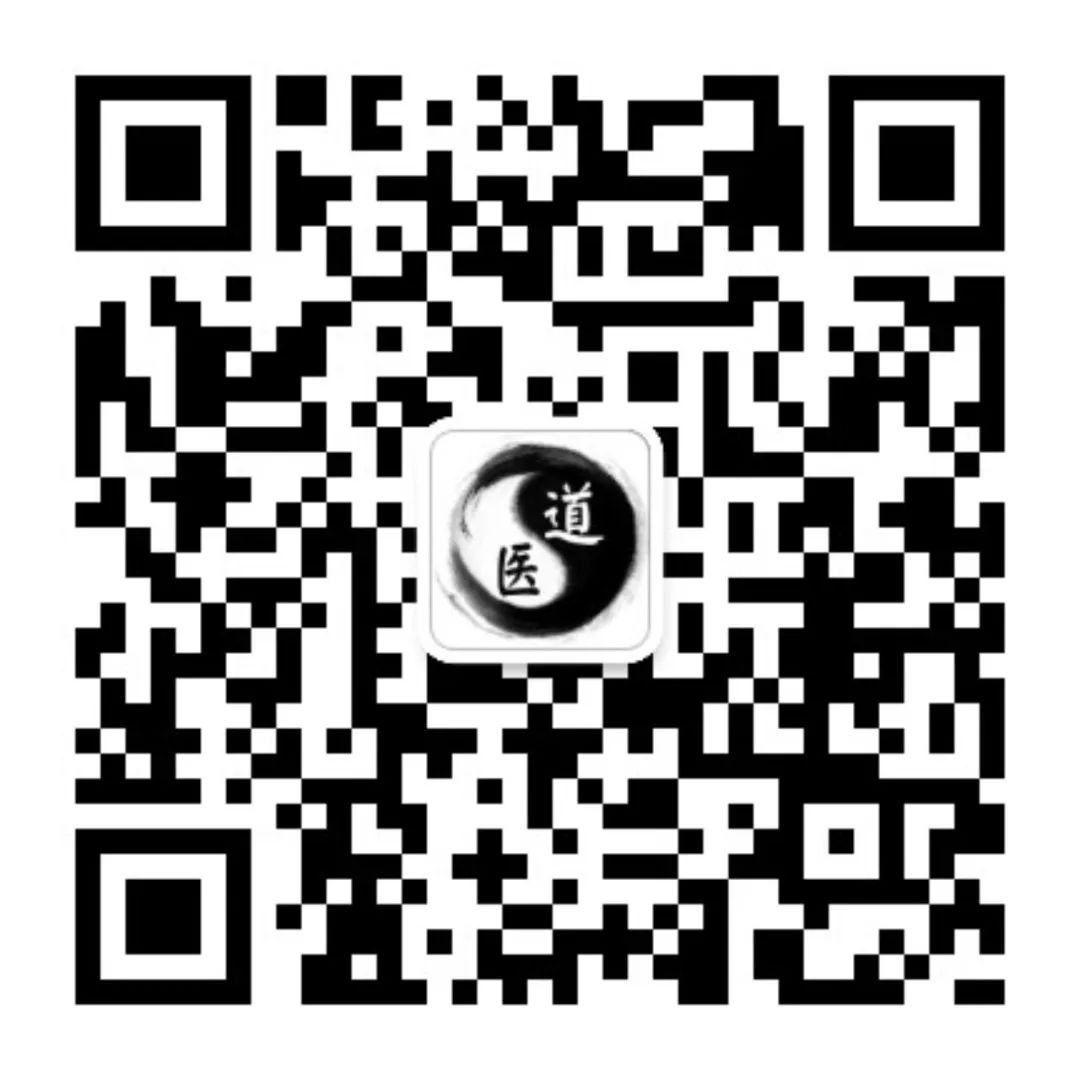
 Scan to Follow Daoist Medicine
Scan to Follow Daoist Medicine
Here, there are no chicken soup recipes, folk remedies, rumors, or advertisements, only reliable Daoist health and wellness knowledge.


